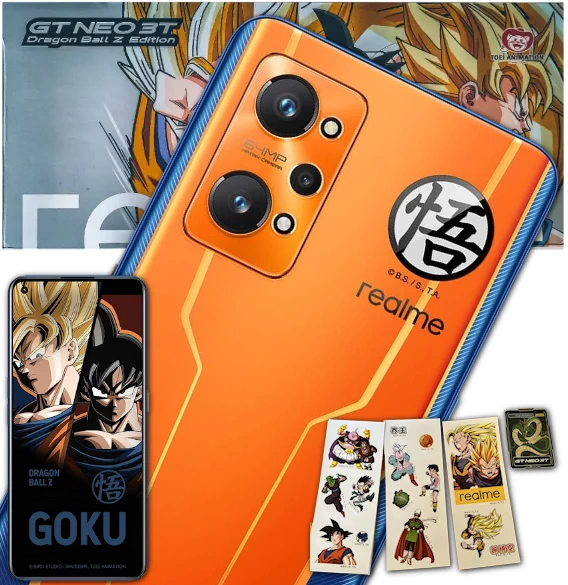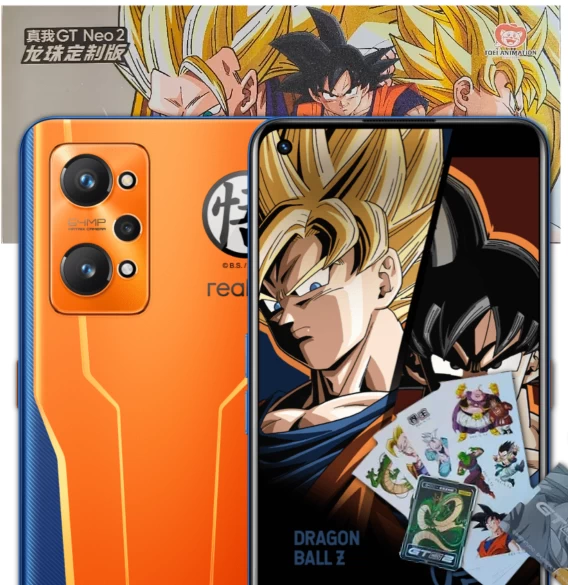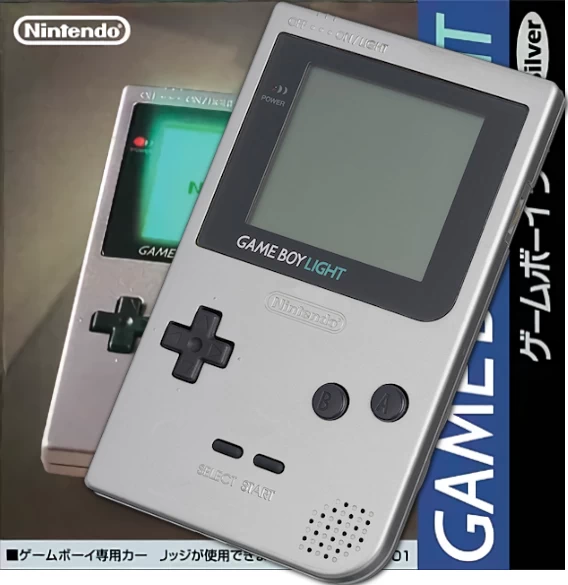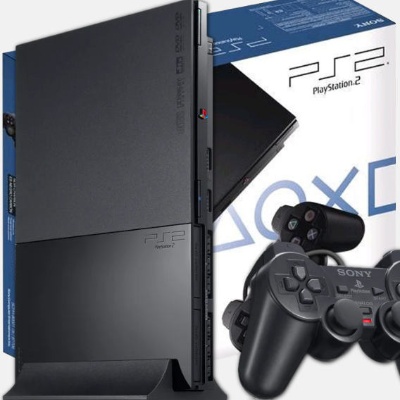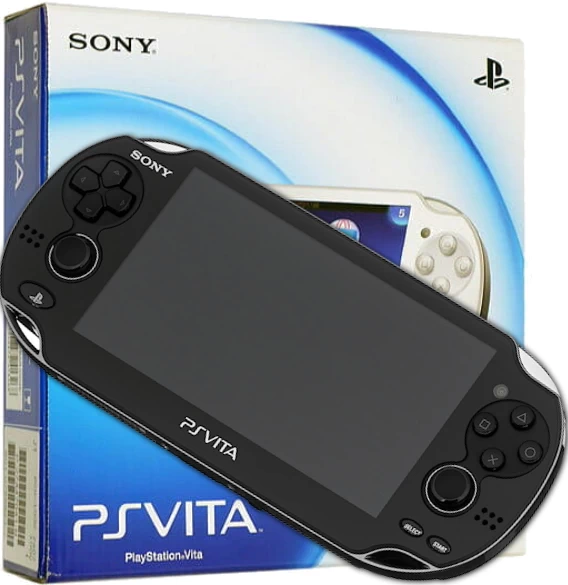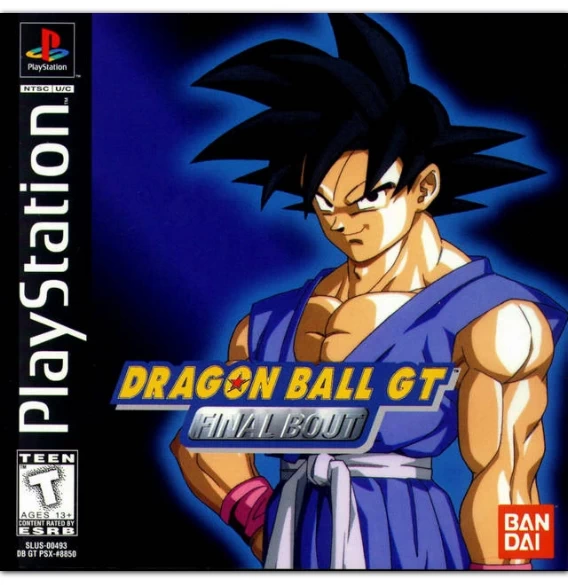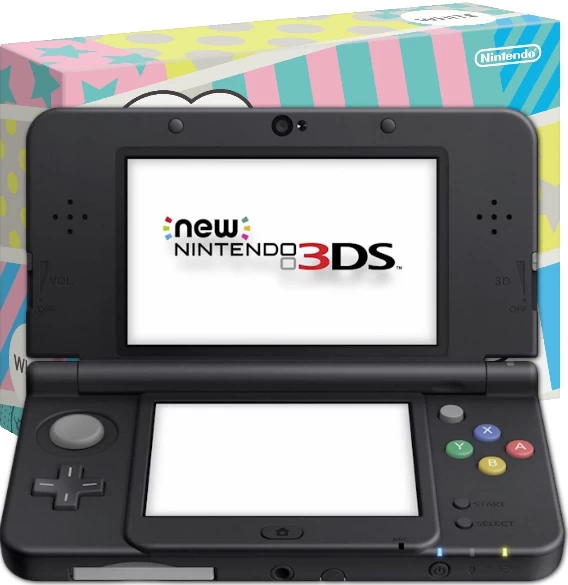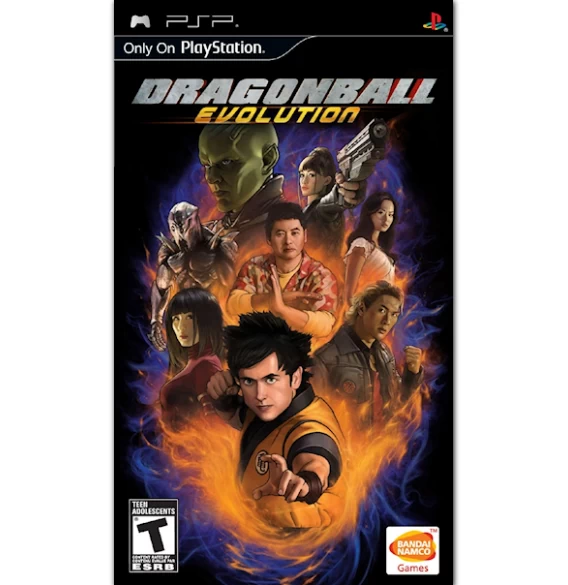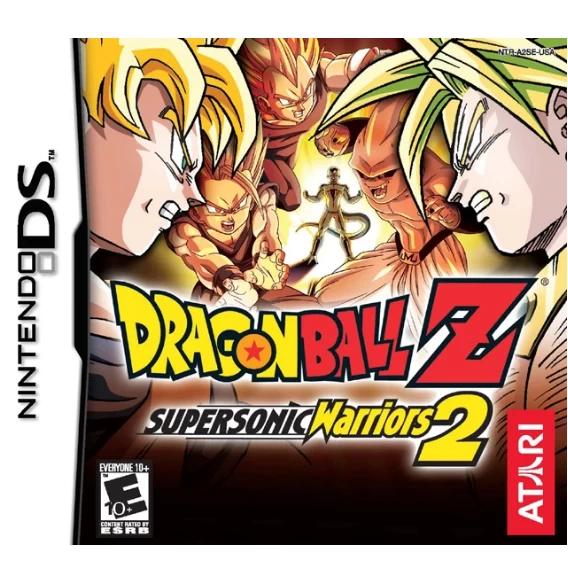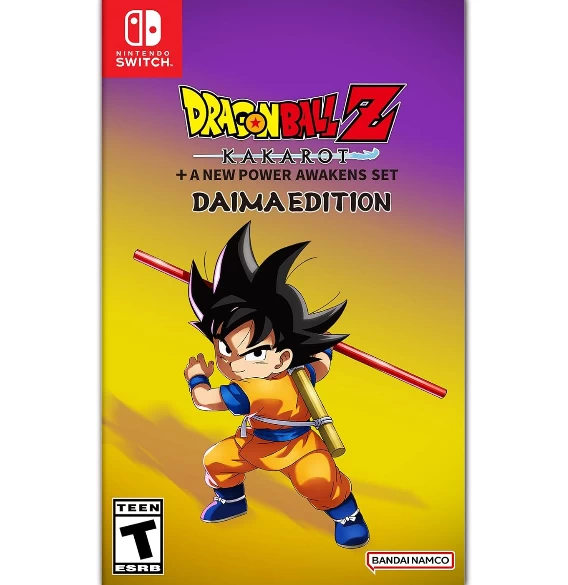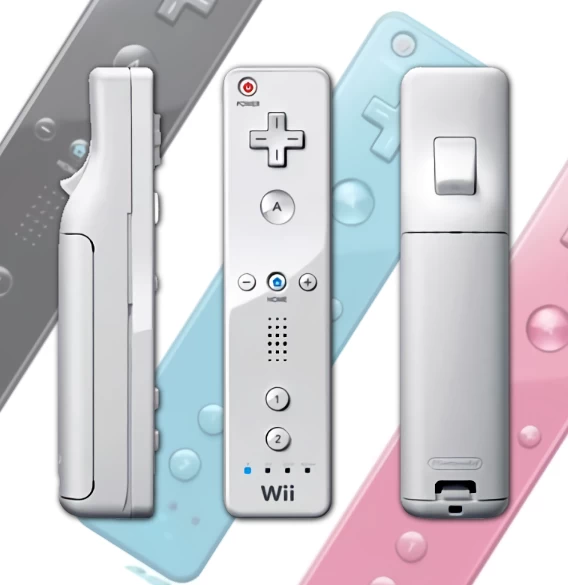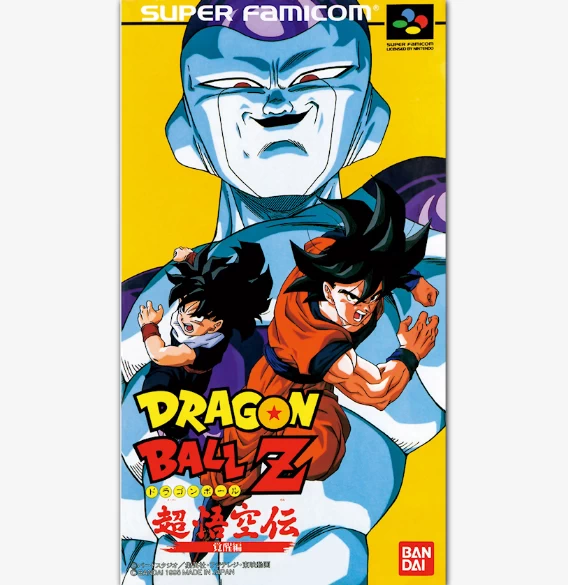All Dragon Ball video games for mobile phones (smartphones) Android and iOS
The smartphones (Android or iOS) and all the Dragon Ball games that have been released
There are more than 7 Dragon Ball games that we can enjoy on our mobile phones, whether Android or iOS.
Since mobile phones became smartphones and started using Android and iOS operating systems, their games leveled up. Phones could now be used as consoles, and that’s why Dragon Ball games quickly arrived on these devices, some of them highly successful like DB Legends. Here, we’ll look at all of them, along with some special edition phones dedicated to the franchise.
The more than 6 Dragon Ball games released for mobile phones (smartphones) on Android and iOS systems
Here we will see the complete list of all existing Dragon Ball video games created to be played on a smartphone with iOS or Android operating systems, including the famous game DB Legends.
Special or collector’s editions of mobile phones or smartphones dedicated to Dragon Ball
To play or have played any of the previous Dragon Ball mobile games, it's clear that we need a smartphone with Android or iOS operating system, and if the phone is powerful, even better. But if it’s a special edition dedicated to Dragon Ball, even better. That’s what we’ll see next: all mobile phones with a limited or special edition dedicated to this franchise (although so far, it’s only the Realmi).
-
Realme GT Neo 3T Dragon Ball Edition
Video game consolePlatform(s):Smartphone (Android / IOS)Region(s):BRUSEUJPNDeveloper(s):RealmeYear:2022More InformationRealme GT Neo 3T Dragon Ball Edition
The Realme GT Neo3T Dragon Ball Edition is another limited edition dedicated to DBZ, a visual clone of the GT Neo2 DBZ, with 8 GB of RAM, 256 GB of storage, and a 6.62" display. It was inspired by Goku’s outfit, hence the orange and blue colors, as well as the logo with the kanji. Additionally, as a limited edition, it includes a unique box, exclusive theme, stickers, and cards.
-
Realme GT Neo 2 Dragon Ball Z
Video game consolePlatform(s):Smartphone (Android / IOS)Region(s):BRUSEUJPNDeveloper(s):RealmeYear:2021More InformationRealme GT Neo 2 Dragon Ball Z
The Realme GT Neo 2 Dragon Ball Z is a limited edition dedicated to DBZ, with 12 GB of RAM, 256 GB of storage, and a 6.62" display. It was inspired by Goku’s outfit, hence the orange and blue colors, as well as the logo with the kanji. Additionally, as a limited edition, it includes a unique box, exclusive theme, stickers, and cards.
More complete lists of Dragon Ball games and video games.
We also have more complete lists of Dragon Ball games and video games cataloged by their gaming platform, including Board Games, PlayStation, Nintendo NES, etc.
Here are some of the Dragon Ball games and video games we have for you:
Discover some of the Dragon Ball games, video games, consoles, and collectible accessories. From the iconic NES and GameBoy to the latest PC, PS5, and X-BOX titles, as well as the timeless board games.
Game Boy Light
Game Boy Light
The Game Boy Light is an upgraded version of the Game Boy Pocket, featuring a backlit screen for playing in the dark. Released only in Japan, it's perfect for collectors and retro gaming enthusiasts.
PlayStation 2 (Super Slim) | SCPH-90000 | NTSC-J · NTSC-U/C · PAL
PlayStation 2 (Super Slim) | SCPH-90000 | NTSC-J · NTSC-U/C · PAL
The PlayStation 2 (Super Slim or Slim 2) was the third and final model of Sony’s second console, released in 2007, when the PS3 was already on the horizon.
This version, known as the Slim 2 or Super Slim, also had a few revisions but is mainly identified as model SCPH-90000.
It differs from the previous Slim by being more affordable due to cost reductions, and visually by featuring a half-length smooth strip on the top instead of a full one.
Technically, both consoles are very similar in performance and efficiency.
PlayStation Vita (PCH-1000)
PlayStation Vita (PCH-1000)
The PS Vita (PCH-1000) is the first version of this console and was designed to replace the different PSP models with graphical improvements, a better screen, and new features compared to the PSP. This console was backward compatible with PSP and PS1 games, allows internet connection, and supports game installation from the cloud.
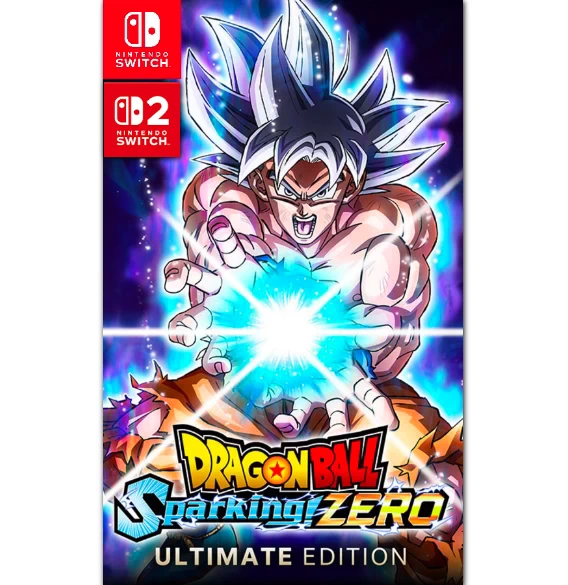
Dragon Ball: Sparking! ZERO - Ultimate Edition
Dragon Ball: Sparking! ZERO - Ultimate Edition
Dragon Ball: Sparking! Zero – Ultimate Edition was released on the same day as the standard edition of the game, which only contains the base game. This edition, in addition to the base game, includes everything offered in the Deluxe Edition, meaning it also grants access to the first season pass, which includes 4 DLCs, and gives access to each DLC’s content 3 days before its official release.
What’s exclusive to this edition is that it also includes the Ultimate Upgrade Pack: Goku (Super) outfit with Power Pole, emotes, backgrounds, a customization item, and the Super Shenron summon, all of them cosmetic items.
The 4 DLCs included in the first pass feature over 20 characters based on DB: Super and DB: Daima, as well as cosmetics, and some story and battle content.
This edition can only be purchased digitally through the Nintendo Shop on our Nintendo Switch console, and once purchased, it will work on either of the two consoles, Switch 1 or 2, as the game is linked to the account.
Dragon Ball GT: Final Bout
Dragon Ball GT: Final Bout
Dragon Ball GT: Final Bout is the third and final Dragon Ball game released for the console in 1997. This game was released exclusively for PS1.
It is a fighting game for 1 or 2 players (PvP), and it is the first Dragon Ball game to be fully 3D, with polygonal stages and characters.
The game features a total of 17 playable characters; most of them are from DBGT, although it also includes some classic DBZ characters, like Frieza or Cell. From GT there are: Goku SSJ4, Kid Goku, Pan, Trunks, etc.
The game does not have a story mode that narrates DBZ or DBGT, but you must complete the game in single-player mode to unlock all characters.
The game's gameplay is somewhat clunky, but it meets the standards of the time, and the ability to perform ki clashes and mash the button repeatedly to win the clash was exciting.
new Nintendo 3DS
new Nintendo 3DS
The New Nintendo 3DS enhances handheld gaming with a faster processor, more stable 3D, and additional controls. Compatible with exclusives and classics, it's the ideal choice for Nintendo fans.
Dragonball Evolution: The Game
Dragonball Evolution: The Game
Dragonball Evolution: The Game is based on the unfortunate live-action film. Its characters and stages come directly from the movie. The gameplay is similar to the previous Tenkaichi titles, which is at least a positive point. The game allows multiplayer and, as a curiosity, lets you play as Bulma.
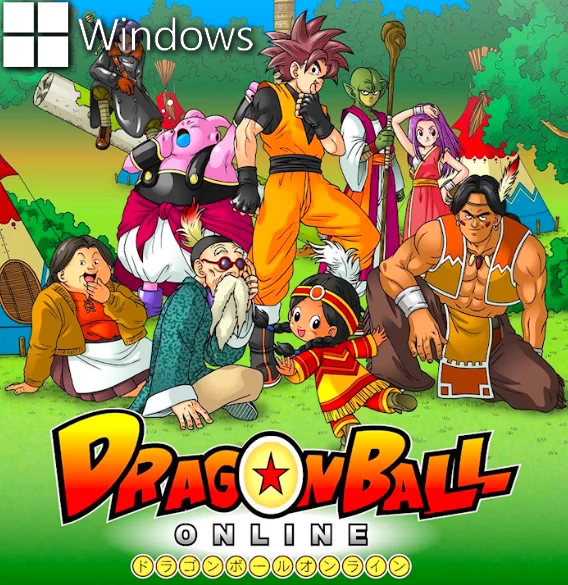
Dragon Ball Online
Dragon Ball Online
Dragon Ball Online is the first Dragon Ball MMORPG released. Akira Toriyama himself was involved in its story and the design of characters and races, allowing players to choose between Humans, Nameks, and Majin. You complete missions, level up, and explore dungeons with other players; it’s the WoW of DB. Unfortunately, the game was only available in Japanese, and its servers shut down in 2013.
Rumor has it that unofficial servers and translations exist, but you’ll have to find those yourself.
Dragon Ball Z: Supersonic Warriors 2
Dragon Ball Z: Supersonic Warriors 2
Dragon Ball Z: Supersonic Warriors 2 is the first DBZ fighting game for the Nintendo DS. It is a continuation and improvement of DBZ: Supersonic Warriors released for the Game Boy Advance, featuring more characters, modes, and enhanced graphics.
Dragon Ball Z: Kakarot - Daima Edition
Dragon Ball Z: Kakarot - Daima Edition
Dragon Ball Z: Kakarot – Daima Edition was released four years after the original edition and is intended as a special edition dedicated to Dragon Ball Daima, as it skips the content of the second Season Pass.
This edition includes the base game, the first pass (A New Power Awakens Set), and the Daima Pack, titled Daima: Adventure Through the Demon Realm, which features two episodes covering the entire story of the Dragon Ball Daima anime. It stars "Mini" Goku and introduces new transformations like Super Saiyan 4 Goku and Super Saiyan 3 Vegeta.
It also includes permanent upgrades for cooking items.
Dragon Ball Z: Super Gokūden 2 - Kakusei-Hen
Dragon Ball Z: Super Gokūden 2 - Kakusei-Hen
Dragon Ball Z: Super Gokūden 2 - Kakusei-Hen is the seventh Dragon Ball Z game released for the Super Nintendo and Super Famicom, although it never had official versions in Europe or America, so it only came out for the SFC. It is also the second RPG adventure game released for this console in 1996.
This is the direct sequel to DBZ: Super Gokūden 1, whose story mode covers all of Dragon Ball with kid Goku, and this one starts right at the beginning of DBZ, with Raditz’s arrival and ends with Frieza’s defeat.
Its gameplay is the same as the previous one: it is narrative-focused with action or event moments, where players must make decisions or press buttons to fight, since battles are semi-automatic, requiring timed inputs. It feels like watching Dragon Ball Z interactively, similar to a graphic adventure.
Players will control Goku, kid Gohan, Piccolo, and other characters depending on the story arc being played.

